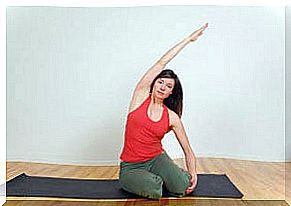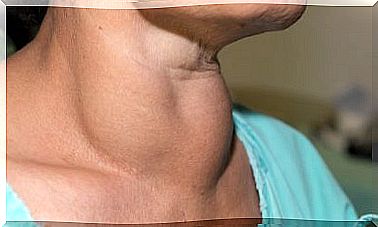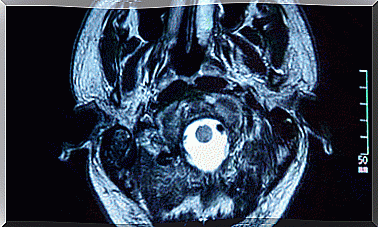How To Do Breathing Exercises To Improve Sleep
Sleep disorders directly affect our daily performance. Fortunately, there are techniques and mechanisms, such as breathing exercises, that can help treat them.

Having a good rest and a good night’s sleep is very important to be able to meet the demands of the day to day. In addition, it is one of the necessary factors to enjoy a good overall. However, today, many people have trouble sleeping well.
If this is your case and counting sheep has not worked, you can learn to do breathing exercises to have a better quality of sleep. In this way, you will have proper sleep hygiene and you will be able to avoid insomnia. Take note!
Sleep hygiene
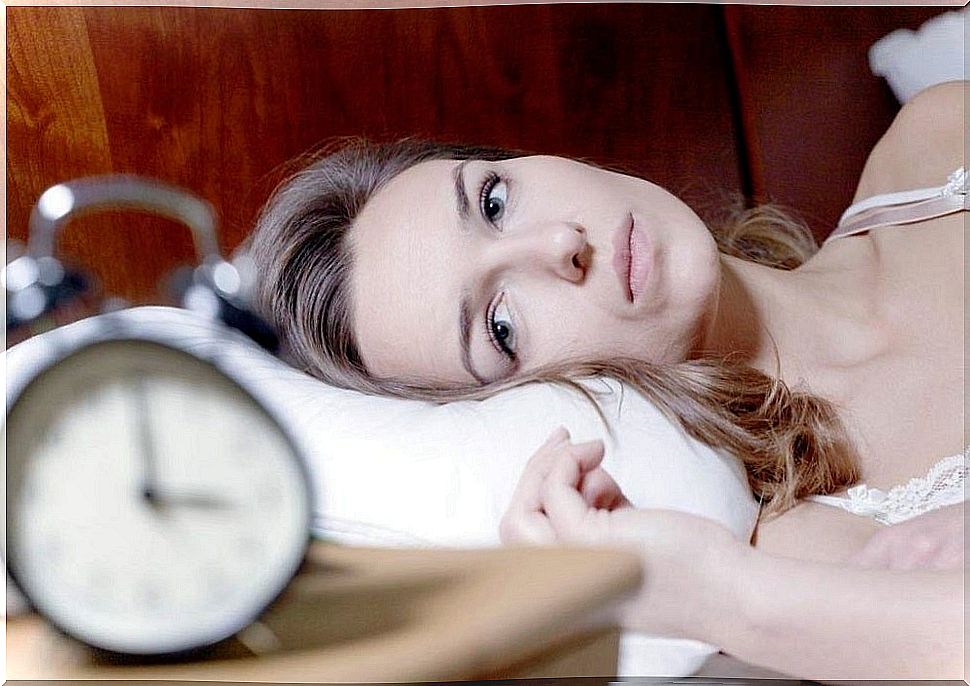
Today’s dynamic world, loaded with stress and technological devices, tends to increase anxiety and depression exponentially. And, when it is difficult to find quiet moments, insomnia usually appears.
It is no secret to anyone that loss of sleep considerably affects health. Not sleeping well reduces performance and fatigue increases. In addition, a National Health Services publication notes that other problems can occur, such as obesity, heart disease, and diabetes.
Fortunately, recovering those hours of sleep is possible if we do our part and make some adjustments to the routine. The exercises that we show you below can be a good starting point to have a better quality of sleep.
Breathing exercises to have a better quality of sleep

There are several exercises that will help us to counteract the stress imposed by daily activity. It’s a matter of taking a few minutes to breathe, relax, and oxygenate your body and brain.
Diaphragmatic breathing
The diaphragm is a large muscle located at the base of the lungs. In the process of breathing, it contracts and expands to facilitate the entry and exit of air. The diaphragmatic breathing technique, or abdominal breathing, focuses on using this tissue correctly.
Most of us are used to breathing with the upper part of our lungs. But, when we bring the air to the stomach, we learn to feel our body and we are more aware of the moment. This also increases relaxation and, therefore, a better rest is achieved.
According to a Harvard Medical School article , deep breathing benefits the exchange of oxygen (incoming) for carbon dioxide (outgoing). Therefore, it helps to slow down the heartbeat and lower or stabilize blood pressure. Although it sounds very easy, the truth is that adopting this habit can take a while.
How to do it?
- The exercise can be performed lying down or sitting, with a straight back.
- Next, we place one hand on the chest and the other on the stomach. We inhale through the nose and exhale through the mouth.
- It is important that the stomach swells and the chest does not move.
This type of breathing is also ideal to combat work stress. Three diaphragmatic or abdominal breaths, during which we relax the shoulders, neck and forehead, will be enough to make us feel better. In this way, the brain works more relaxed and productivity is increased.
Concentrated breathing
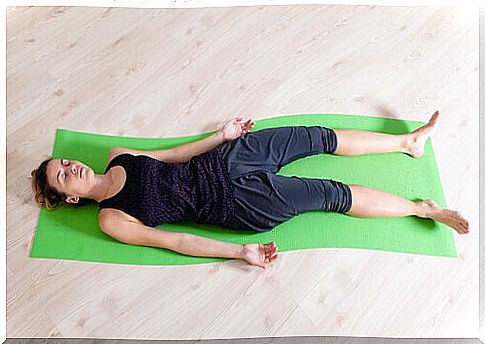
Breathing slowly and consciously puts the body and mind into a state of relaxation conducive to a good rest. When we focus on the way air enters and leaves our body, thoughts and worries begin to disappear.
How to do it?
- Lying on our back and with our attention focused on our breath, we inhale deeply through our nose.
- We hold for three seconds and exhale through the mouth.
- We repeat the exercise eight times.
Square breath
This practice, like the previous ones, helps stabilize the mind and free it from any negative thoughts that prevent falling asleep.
How to do it?
- It consists of taking an inspiration through the nose while we count to four.
- We retain the air for a count of four, count that we will repeat while exhaling through the mouth.
- We count to four again while not breathing and repeat eight times.
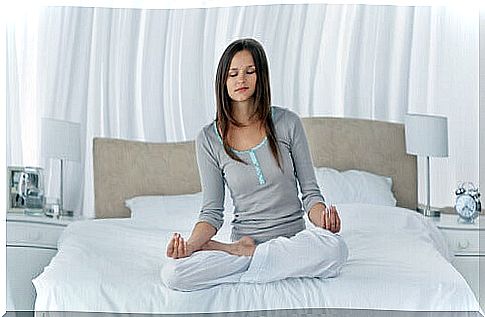
Alternate nasal breathing
If you say that deep relaxation is achieved in this breath because it balances the left and right side of the brain at the same time.
How to do it?
- We cross our legs and place our left hand on the knee.
- We totally expel the air from the lungs and abdomen.
- With the right thumb we close the nostril on the same side and inhale from the left.
- Subsequently, we open the right and exhale through it. This rotation is maintained for five minutes and culminates by exhaling through the left nostril.
Other recommendations to improve sleep
In addition to the relaxation techniques mentioned, there are other habits that can help you achieve a better rest. The first thing to do, before starting the night routine, is to check the conditions of the room. It should be dark, orderly and quiet.
On the other hand, it is essential to turn off the television and mobile, since the light from the devices sends signals to the brain and stops the release of melatonin, the sleep hormone. Another important recommendation is not to drink fluids before sleeping, as the urge to go to the bathroom is very likely to interrupt your rest.
When some habits are changed and breathing exercises are included to have a better quality of sleep, insomnia gradually disappears. In addition, rest will be much more pleasant and restorative, which will improve body well-being and, with it, quality of life.
